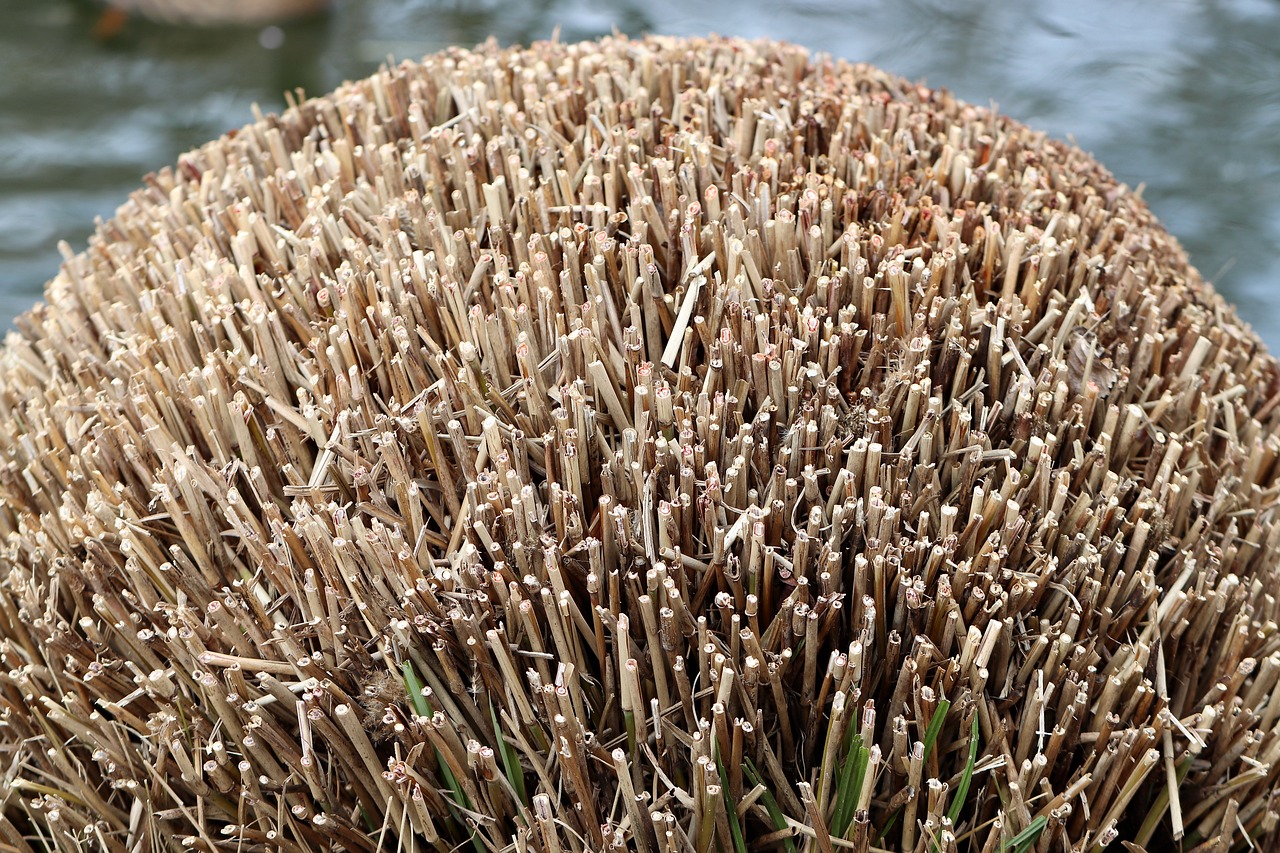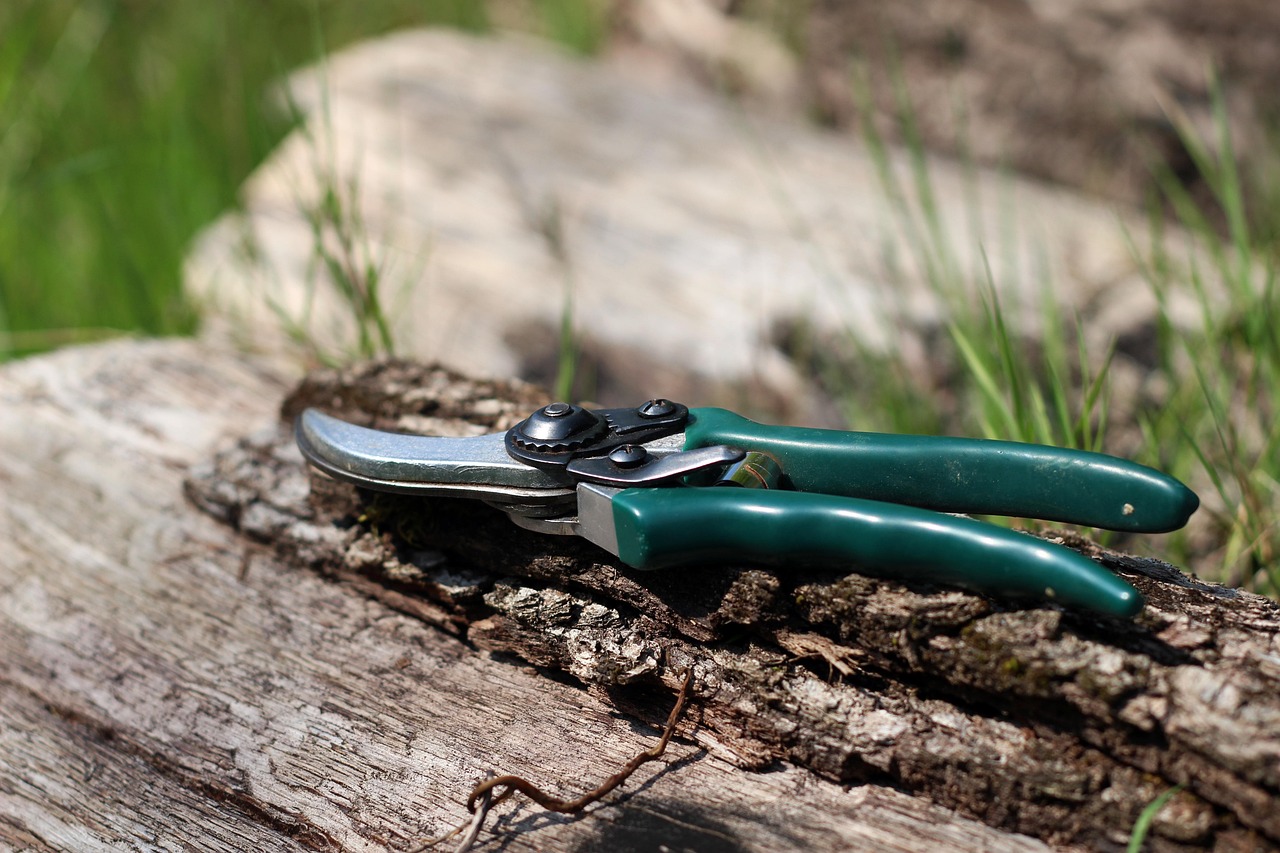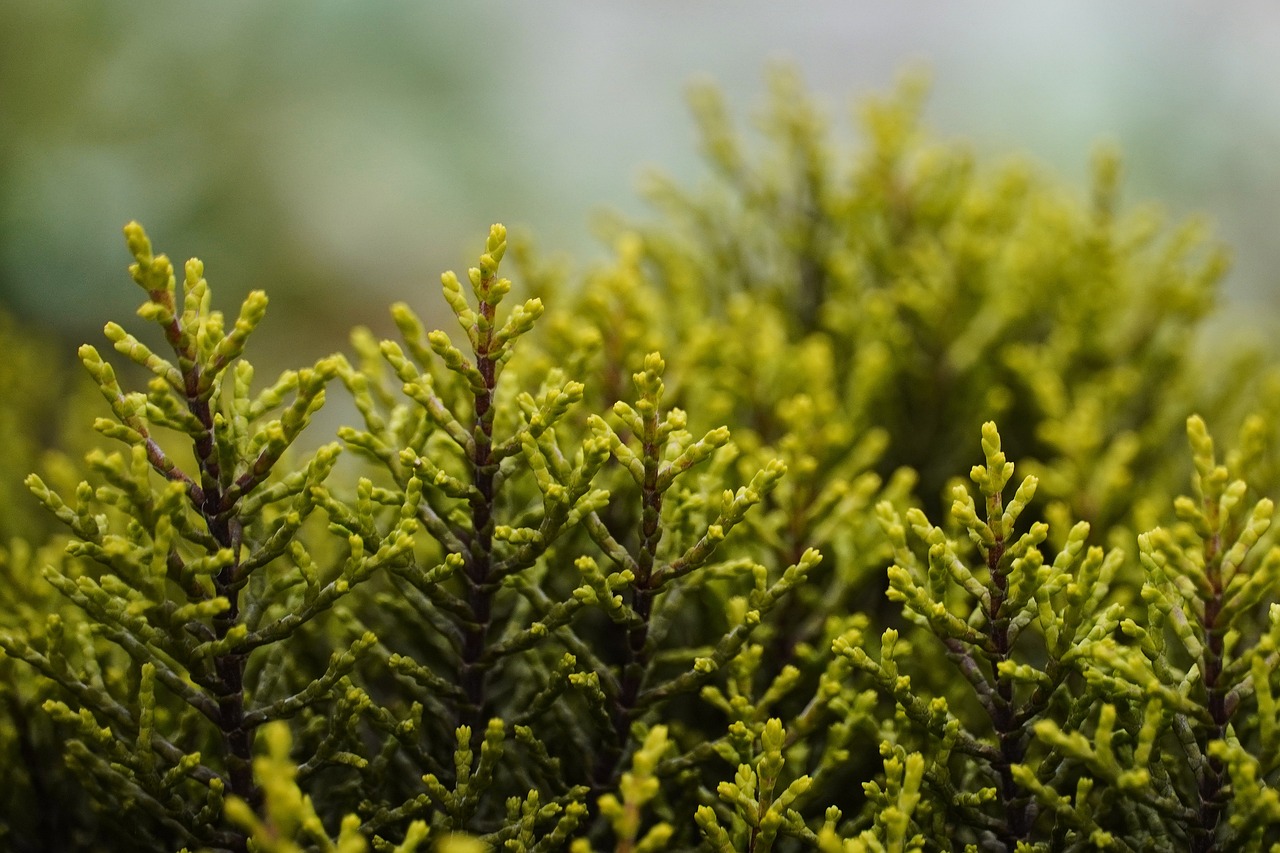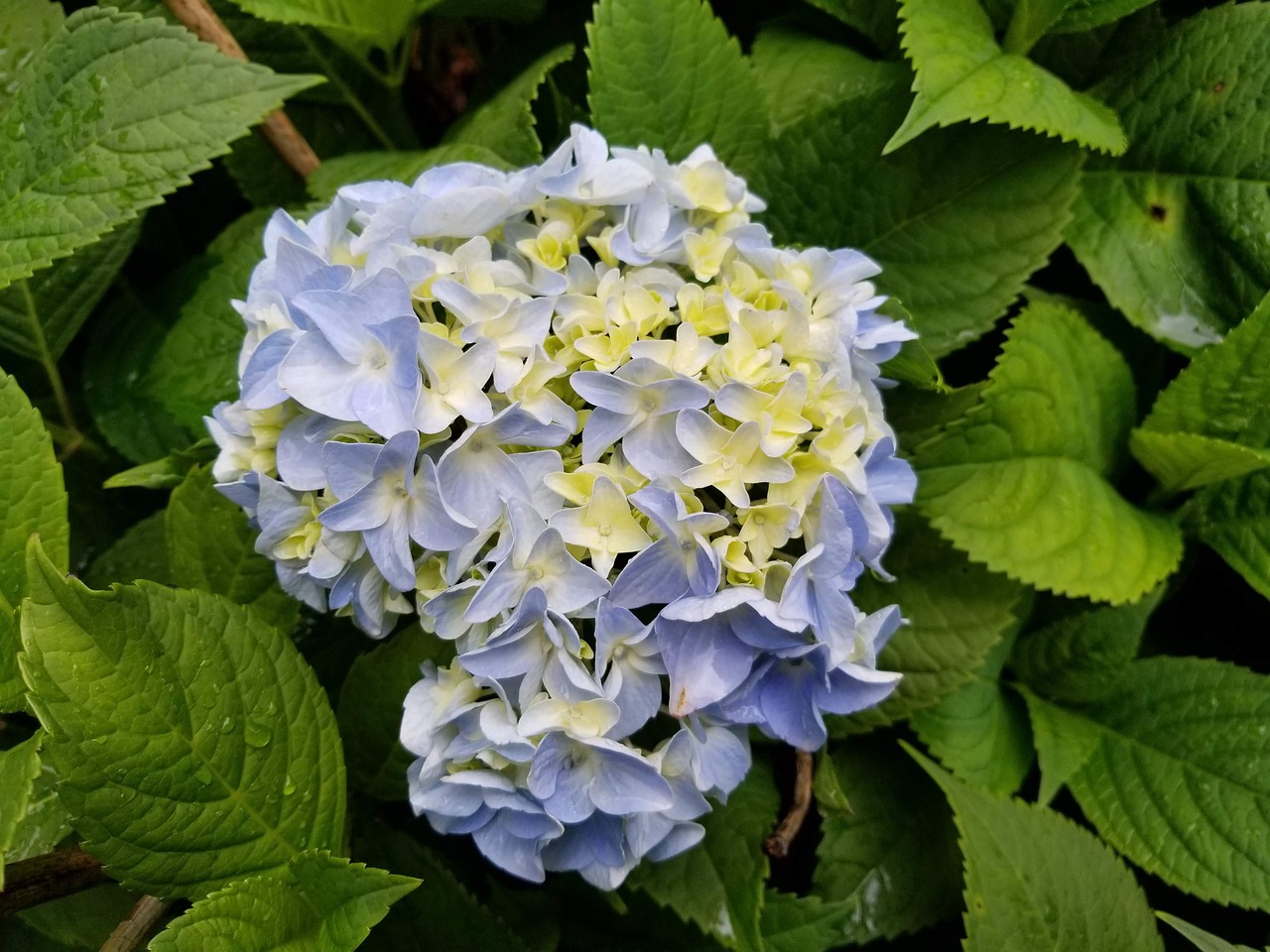Safe pruning practices for shrubs and bushes involve using the right tools, knowing the correct timing, and following proper techniques to avoid damaging plants. This helps ensure healthy growth and enhances the overall appearance of your garden.
Pruning is a crucial aspect of gardening and landscape maintenance. It helps maintain the shape of shrubs and bushes, encourages new growth, and improves air circulation within the plant. However, improper pruning can lead to severe damage, disease, or even death of the plant. Understanding safe pruning practices is essential for both novice and experienced gardeners.

Before diving into pruning techniques, it is important to recognize the different types of shrubs and bushes. Each type may have unique requirements and preferred seasons for pruning. Some shrubs bloom on new growth, while others bloom on old wood. Knowing this will help you choose the right time to prune.
Here are some common types of shrubs:
- Deciduous shrubs: These lose their leaves in winter and typically require pruning in late winter or early spring.
- Evergreen shrubs: These maintain their foliage year-round and may need light pruning throughout the year.
- Flowering shrubs: Depending on whether they bloom on old or new wood, the timing of pruning will vary.
Understanding Pruning Tools
Using the right tools is essential for safe pruning. Poor-quality tools can cause harm to both the gardener and the plant. The following are some commonly used pruning tools:

| Tool | Description | Best Use |
|---|---|---|
| Hand Pruners | Small scissors designed for cutting live stems and branches. | For cutting small branches up to ¾ inch in diameter. |
| Loppers | Long-handled pruners that provide leverage for cutting thicker branches. | For branches between ¾ inch and 1½ inches in diameter. |
| Pruning Saw | A saw specifically designed for cutting larger branches. | For branches over 1½ inches in diameter. |
| Hedge Shears | Large scissors designed for trimming hedges and shaping shrubs. | For shaping and maintaining formal hedges. |
Keeping your tools sharp and clean is vital. Dull tools can tear plant tissue instead of making clean cuts, which increases the risk of disease. Moreover, disinfecting tools before use helps prevent the spread of pathogens between plants.
When to Prune Shrubs
The timing of your pruning can significantly impact the health of your shrubs. Pruning at the wrong time can lead to poor flowering or stunted growth. Here are general guidelines for when to prune:
- Winter Dormancy: Late winter is often the best time for deciduous shrubs. This is when they are dormant, reducing stress on the plant.
- After Blooming: For flowering shrubs that bloom on old wood, prune immediately after flowering to maintain future blooms.
- Spring Growth: Shrubs that flower on new growth should be pruned in early spring before new growth begins.
In addition to timing, observing the health of your plants is essential. If a shrub has dead or diseased branches, those should be removed as soon as possible, regardless of the season. This not only improves the shrub’s health but also prevents potential spread to other plants.

Safe Pruning Techniques
Using proper techniques while pruning helps minimize damage to plants and promotes healthy growth. Here are some safe practices to follow:
- Make Clean Cuts: Always cut at a 45-degree angle to promote healing and reduce water accumulation on cuts.
- Avoid Topping: Never cut straight across the top of a shrub. This leads to weak growth and unattractive appearance.
- Thin Out Branches: Remove select branches to improve air circulation and light penetration within the shrub.
- Do Not Remove Too Much: As a rule of thumb, avoid removing more than one-third of a shrub’s total foliage during a single pruning session.
By following these safe pruning practices, you can ensure that your shrubs and bushes remain healthy and vibrant. Each cut you make should be deliberate, aiming to enhance the plant’s natural form while promoting strong growth.
The knowledge of safe pruning practices not only contributes to a beautiful garden but also fosters a deeper connection between gardeners and their plants. Understanding how to care for your shrubs will yield a lush and thriving landscape for years to come.

Identifying When to Prune Different Shrub Types
Understanding when to prune specific types of shrubs is essential for their health and appearance. Different shrubs have unique growth patterns and flowering schedules, which dictate the best time for pruning. Here are some classifications to consider:
1. Spring-Blooming Shrubs
Spring-blooming shrubs, such as lilacs and azaleas, typically produce flowers on previous year’s growth. This means that pruning should be done immediately after they finish blooming. If you prune these shrubs too early in the spring, you risk cutting off the buds that will produce flowers.
2. Summer-Blooming Shrubs
Summer-blooming varieties like butterfly bush and rose of Sharon bloom on new growth. These can be pruned in late winter or early spring before new growth begins. This encourages robust flowering during the summer months.
3. Evergreen Shrubs
Evergreens, such as holly and boxwood, benefit from light pruning throughout the year to maintain their shape and remove any dead or damaged branches. The best times for heavier pruning are late winter or early spring, before new growth starts.
4. Ornamental Grasses and Perennials
While not considered traditional shrubs, ornamental grasses and perennial plants can also benefit from pruning. Most ornamental grasses should be cut back in late winter or early spring before new growth emerges. Perennials can be pruned after they die back in the fall.
Common Pruning Mistakes to Avoid
Even experienced gardeners can make mistakes when pruning shrubs. Avoiding these common errors can help preserve plant health and promote better growth.
- Ignoring Plant Health: Always assess the condition of your shrub before pruning. Remove only dead or diseased branches and avoid excessive cutting.
- Pruning at the Wrong Time: Timing is critical. Pruning at the wrong time can hinder flowering and overall growth.
- Using Dull Tools: Dull tools can cause damage to plants. Ensure all tools are sharp and clean before use.
- Over-Pruning: Cutting too much foliage can shock the plant and lead to poor recovery.
- Neglecting Safety Measures: Always wear gloves and safety goggles when using sharp tools to prevent injuries.
Techniques for Specific Shrub Types
Different shrubs may require specialized techniques for effective pruning. Here’s a closer look at how to prune some popular types:
Hydrangeas
Hydrangeas come in various types, such as mophead and panicle. The pruning technique depends on the type:
- Mophead Hydrangeas: These bloom on old wood, so prune them immediately after flowering to avoid cutting off next year’s blooms.
- Panicle Hydrangeas: These bloom on new wood and can be pruned in late winter or early spring.
Roses
Roses require careful attention to ensure proper blooming:
- Hybrid Tea Roses: Prune in early spring when new growth begins. Remove dead wood and shape the plant as desired.
- Climbing Roses: Prune after flowering, removing spent blooms and any weak or crossing stems.
Boxwood
Boxwoods are popular for hedging and shaping due to their dense growth habit. Here’s how to maintain them:
- Shaping: Prune boxwoods lightly throughout the growing season to maintain their shape.
- Major Pruning: For significant reshaping, do this in late winter or early spring before new growth begins.
The Importance of Aftercare
After pruning, providing proper care is essential for helping plants recover and thrive. Consider the following practices:
- Watering: Ensure that your shrubs receive adequate water after pruning, especially during dry spells. This helps them recover from the stress of cutting.
- Mulching: Applying mulch around the base of your shrubs retains moisture, regulates soil temperature, and prevents weeds.
- Fertilizing: Depending on the type of shrub and its health, a balanced fertilizer may be beneficial post-pruning to promote new growth.
Caring for shrubs after pruning is just as important as the pruning process itself. Proper aftercare will enhance recovery time and overall plant health, leading to a more vibrant garden.
Incorporating safe pruning practices not only helps maintain aesthetics but also supports long-term growth and vitality in your landscape. Each shrub has its unique needs, making it essential to adapt your approach accordingly to ensure a thriving garden environment.
Pruning Techniques for Different Shrub Sizes
Understanding how to prune shrubs based on their size is essential in maintaining their health and appearance. Different techniques apply to small, medium, and large shrubs. Each size category has specific considerations that can optimize growth and aesthetics.
Small Shrubs
Small shrubs, typically under three feet tall, can be pruned with greater ease. These may include varieties such as dwarf boxwood or small ornamental grasses. Here are a few techniques to consider:
- Light Pruning: Small shrubs benefit from light pruning to maintain shape. Remove dead or damaged branches as needed throughout the growing season.
- Seasonal Shaping: Early spring is an ideal time to shape small shrubs before new growth begins. Focus on removing any crossing branches to improve air circulation.
- Deadheading: For flowering small shrubs, deadheading spent blooms encourages new flowers. This practice can be done regularly during the blooming season.
Medium Shrubs
Medium shrubs range from three to six feet in height and may require more targeted pruning strategies. Examples include hydrangeas and azaleas. Consider the following techniques:
- Selective Pruning: Identify areas of dense growth and selectively prune to improve light penetration and airflow. This is particularly important for flowering shrubs.
- Renewal Pruning: For older medium shrubs, consider renewal pruning. This involves removing one-third of the oldest stems to encourage new growth and rejuvenation.
- Timing: Pay attention to the flowering habits of these shrubs. Prune after flowering for those that bloom on old wood, and in early spring for those that bloom on new growth.
Large Shrubs
Large shrubs, typically over six feet tall, require careful planning due to their size and potential impact on surrounding plants. Common examples include holly and certain types of viburnum. Here are techniques suitable for larger shrubs:
- Structural Pruning: Focus on enhancing the structure of the shrub by removing weak or crossing branches. This can help maintain a balanced shape and encourage healthy growth.
- Height Management: If a large shrub is encroaching on nearby structures or plants, consider height management by selectively pruning back taller branches. This should be done with caution to avoid cutting too much at once.
- Safety Measures: When pruning large shrubs, ensure you have adequate safety equipment, such as gloves and goggles, as well as stable ladders if necessary.
Environmental Considerations for Pruning
Pruning practices should also take into account environmental factors that can affect plant health. Consider the following aspects:
Weather Conditions
The weather plays a significant role in determining when and how to prune. Here are some guidelines:
- Avoid Wet Conditions: Pruning during wet weather can increase the risk of disease transmission. It is best to prune during dry conditions.
- Temperature Awareness: Extreme temperatures can stress plants. Try to prune during moderate temperatures, avoiding the heat of summer or the cold of winter.
Pest and Disease Management
Pests and diseases can thrive on improperly pruned plants. Here are preventive measures:
- Sanitize Tools: Always disinfect tools before and after use to prevent spreading diseases between plants.
- Check for Infestations: Inspect shrubs for signs of pests or diseases before pruning. If found, address these issues before proceeding with any pruning.
The Role of Mulching in Shrub Health
Mulching is an essential practice that complements pruning efforts. It provides numerous benefits that enhance shrub health:
| Benefit | Description |
|---|---|
| Moisture Retention | Mulch helps retain soil moisture, reducing the need for frequent watering. |
| Weed Suppression | A layer of mulch prevents weeds from establishing, reducing competition for nutrients. |
| Temperature Regulation | Mulch insulates the soil, helping maintain consistent temperatures for root systems. |
| Nutrient Addition | Organic mulches decompose over time, adding valuable nutrients back into the soil. |
Applying a layer of mulch around your shrubs after pruning can significantly improve their overall health. Aim for a depth of 2-4 inches, keeping it away from the base of the plant to avoid rot.
A well-planned approach to pruning, considering shrub size, environmental factors, and complementary practices like mulching, ensures that your shrubs remain healthy and vibrant throughout the seasons.
Common Tools and Techniques for Effective Pruning
In addition to understanding the timing and techniques for pruning various shrubs, having the right tools is essential for achieving desired results. Here are some commonly used tools and their specific applications in pruning:
| Tool | Description | Best Use |
|---|---|---|
| Hand Pruners | Small, scissor-like tools designed for cutting stems and branches. | Ideal for pruning small branches and deadheading flowers. |
| Loppers | Long-handled pruners that provide leverage for cutting thicker branches. | Perfect for branches ¾ inch to 1½ inches in diameter. |
| Pruning Saw | A saw specifically designed for cutting larger branches. | Best for branches over 1½ inches in diameter. |
| Hedge Shears | Large scissors designed for shaping hedges and trimming shrubs. | Used to shape and maintain formal hedges. |
Using the right tool not only makes the job easier but also ensures cleaner cuts, which can help prevent disease and promote healthy growth. It is important to keep tools sharp and clean to achieve the best results.
Environmental Impact of Pruning Practices
Pruning practices can also have a significant impact on the environment. Consider the following factors:
- Biodiversity: Properly maintained shrubs can support local wildlife by providing habitats and food sources. Healthy shrubs contribute to a balanced ecosystem.
- Soil Health: Effective pruning allows sunlight and air to penetrate, promoting healthy soil microbiomes. This, in turn, supports plant health.
- Carbon Sequestration: Well-maintained shrubs can absorb carbon dioxide, contributing to climate change mitigation efforts.
By integrating environmentally responsible pruning practices, gardeners not only enhance the health of their landscape but also support broader ecological goals.
The Role of Professional Help
While many homeowners enjoy pruning their shrubs, there are times when seeking professional help is beneficial. Consider hiring a professional arborist or landscaper if:
- The Shrub is Overgrown: If a shrub has become too large or unruly, professionals can assess the situation and recommend an appropriate course of action.
- You Are Uncertain About Techniques: If you are unsure about how to prune a specific type of shrub or when to do so, professionals can provide guidance and expertise.
- The Plant is Sick: If a shrub shows signs of disease or pest infestation, consulting with an expert can help address these issues effectively.
Professional services often provide benefits such as specialized tools and knowledge, ensuring that your shrubs receive the proper care they need to thrive.
Final Thoughts
Safe pruning practices are essential for maintaining healthy shrubs and bushes. By understanding the unique needs of different shrub types and employing proper techniques, gardeners can enhance the beauty and vitality of their landscapes. The tools you choose, the timing of your pruning, and the aftercare measures you implement all play vital roles in the health of your plants.
Moreover, taking into account environmental impacts while practicing pruning can lead to more sustainable gardening practices. Whether you choose to prune your shrubs yourself or enlist professional assistance, prioritizing proper techniques will yield lasting benefits.
Ultimately, effective pruning not only improves aesthetics but also contributes to overall garden health. By following safe pruning practices, you can foster vibrant landscapes that thrive season after season. Embrace your role as a gardener, and enjoy the rewarding experience of watching your shrubs flourish under your care.
